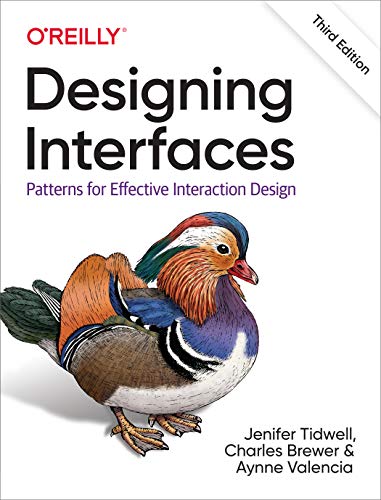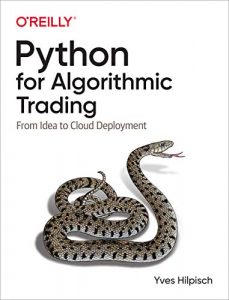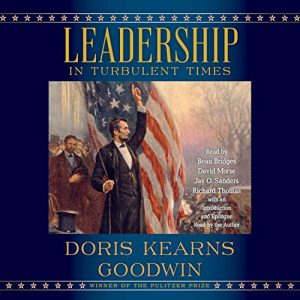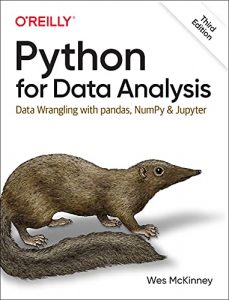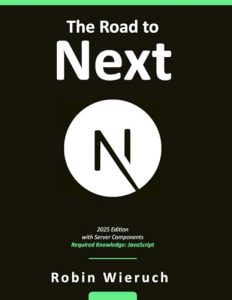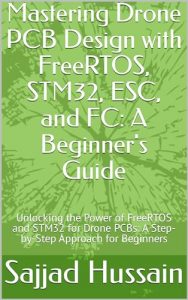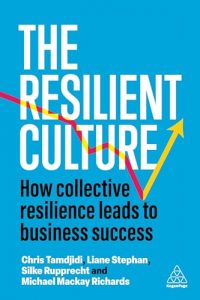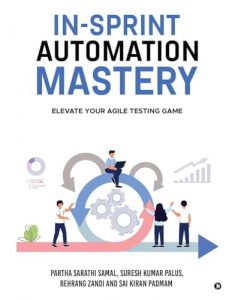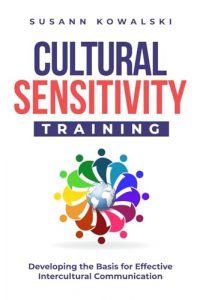1. Designing Interfaces: Patterns for Effective Interaction Design
Authors: Jenifer Tidwell, Charles Brewer, Aynne Valencia
In the world of user experience design, understanding the intricacies of interface patterns is essential. “Designing Interfaces” excels in offering clear guidance on effective interaction design. It presents a multitude of design patterns used frequently across various platforms, making it an invaluable resource for both beginners and seasoned designers. The structured approach of the book, combined with practical examples, helps readers build intuitive interfaces that enhance user satisfaction. It’s a comprehensive guide that every UX designer should have on their shelf.

2. The User Experience Team of One: A Research and Design Survival Guide
Author: Leah Buley
For those who find themselves working solo in the user experience field, this book is a must-read. “The User Experience Team of One” walks readers through the entire process of UX design—from research to implementation. Leah Buley provides practical strategies and insights that empower individuals to manage their projects effectively, making it an essential guide for any freelancer or solo UX designer. This book is not only a practical handbook but also an inspiring call-to-arms for those navigating the complexities of UX without a team.

3. Designing the User Interface: Strategies for Effective Human-Computer Interaction
Authors: Ben Shneiderman, Catherine Plaisant, Maxine Cohen, Steven Jacobs, Niklas Elmqvist, Nicholas Diakopoulos
This seminal text covers foundational strategies for human-computer interaction design. “Designing the User Interface” blends theory with practical applications, making it crucial for UX professionals seeking to deepen their understanding of how users interact with systems. The authors, renowned experts in the field, provide lots of methodologies that are not only insightful but also widely applicable across different types of design projects. This book thus serves as both a textbook for students and a reference for professionals.

4. Introduction to Design Thinking for UX Beginners
Author: Uijun Park
New to UX design? “Introduction to Design Thinking for UX Beginners” is your go-to primer. This book presents an innovative five-step process to help you create engaging digital experiences. Uijun Park demystifies design thinking concepts and provides readers with actionable frameworks for beginning their UX journey. It is both accessible and motivating, ensuring that beginners can follow the process with confidence and creativity, setting them on a path to successful user-centered design.

5. Interaction Design: Beyond Human-Computer Interaction
Authors: Yvonne Rogers, Helen Sharp, Jennifer Preece
This book takes readers beyond the basics of human-computer interaction to explore the broader aspects of interaction design as a discipline. “Interaction Design” critically examines the social and emotional facets of design, ensuring that designers consider the holistic experience of their users. The engaging writing style and rich visuals provide deep insights, making it a worthwhile read for UX designers at any level looking to enhance their understanding of how design impacts users beyond mere functionality.

6. 101 UX Principles: Actionable Solutions for Product Design Success
Author: Will Grant
Will Grant presents a condensed yet potent guide in “101 UX Principles.” Divided into actionable insights, this book allows UX designers to quickly implement best practices in their projects. With emphasis on real-world application, readers can utilize these principles to streamline their design process and improve user interactions effectively. Whether you’re a budding designer or an experienced professional, Grant’s strategic insights offer valuable takeaways to drive product design success.

7. Designing with the Mind in Mind: Simple Guide to Understanding User Interface Design Guidelines
Author: Jeff Johnson PhD
Taking a psychological approach to design, “Designing with the Mind in Mind” explains how different cognitive principles influence user interface design. Jeff Johnson PhD provides a coherent framework that makes complex ideas understandable and applicable, allowing designers to create more intuitive interfaces. This book is particularly valuable for those looking to bridge the gap between psychological principles and practical design, ensuring that the user experience is both seamless and engaging.

8. User and Task Analysis for Interface Design
Authors: JoAnn T. Hackos, Janice C. Redish
This book offers an in-depth look at user and task analysis as pivotal steps in interface design. “User and Task Analysis for Interface Design” reveals how understanding user needs and tasks can profoundly influence design decisions. Written by thought leaders in the field, the text illustrates various methods and tools for conducting rigorous analysis, making it indispensable for UX professionals who prioritize user-centered design. It is thorough yet practical, providing concrete steps and examples throughout.

9. Designing Interface Animation: Improving the User Experience Through Animation
Author: Val Head
Animation is an often overlooked aspect of user experience design, yet it can significantly enhance usability when done right. “Designing Interface Animation” explores the principles of effective animation and its role in guiding and engaging users. Val Head provides practical guidance and real-world examples, empowering designers to incorporate animation thoughtfully into their projects. This book is essential for those looking to elevate their UX offerings with visually compelling and functional animations.

10. User Interface Design for Programmers
Author: Avram Joel Spolsky
Bridging the gap between development and design, “User Interface Design for Programmers” guides developers on how to create user-friendly interfaces. Avram Joel Spolsky presents practical advice aligned with programming practices, making this a unique resource in the UX design sphere. This book is ideal for programmers aspiring to enter the UX field or looking to improve their existing projects. The blend of practical tips and industry insights makes this a must-read for coders seeking to enrich their product’s user experience.


